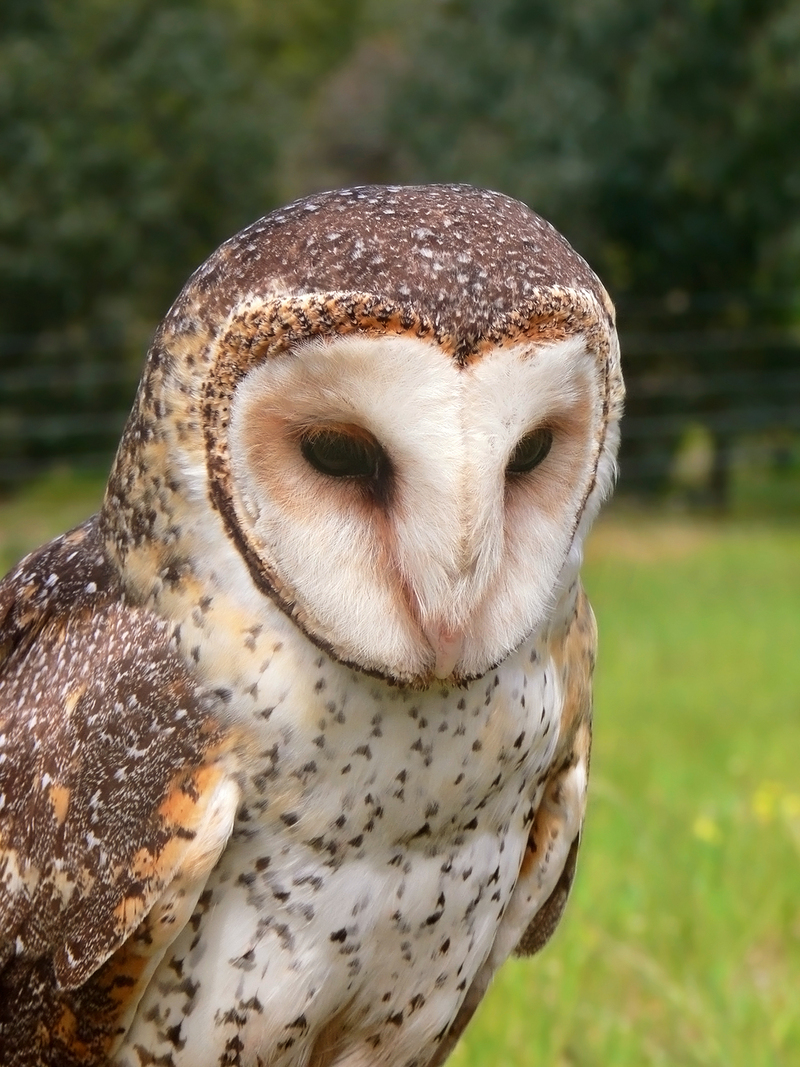| 새로운 사진 | 신문속의 동물소식 | 신기한 동물이야기 | 동물의 소리 | 동물동화상 | 사진 올리기 | 사진 저작권 | English |
|---|
| 재미있는 동물사진 | 괴수/괴어/엽기 동물사진 | 동물이름사전 | 동물목록 | 바깥고리 | 창고입구 | 똑똑누리집 |
|---|
| 이미지 정보 | Original File Name: Masked_owl_mask4441-Australian Masked owl, Tyto novaehollandiae.jpg Resolution: 1250x1667 File Size: 1338189 Bytes Date: 2007:10:13 12:47:21 Camera: DMC-FZ30 (Panasonic) F number: f/2.8 Exposure: 10/4000 sec Focal Length: 351/10 Upload Time: 2007:11:17 11:20:16 | |
| 올린이 | 이름 (메일주소): Unknown | |
| 사진 제목 | Family: Tytonidae (Barn-owls, Masked Owls) - Wiki | |
 |
| Email : 카드 | 올린이 | 운영자 사진삭제 정보수정 Admin |
| 설명 | Family: Tytonidae (Barn-owls, Masked Owls) - Wiki
Tytonidae
Barn-owls (family Tytonidae) are one of the two families of owls, the other being the typical owls, Strigidae. They are medium to large sized owls with large heads and characteristic heart-shaped faces. They have long strong legs with powerful talons. They also differ in structural details relating in particular to the sternum and feet. The barn owls comprise two extant sub-families: the Tytoninae or Tyto owls (including the Common Barn Owl) and the Phodilinae or bay-owls. The Sibley-Ahlquist taxonomy unites the Caprimulgiformes with the owl order; here, the barn-owls are a subfamily Tytoninae. This is unsupported by more recent research (see Cypselomorphae), but the relationships of the owls in general are still unresolved. The barn owls are a wide ranging family, absent only from northern North America, Saharan Africa and large areas of Asia. They live in a wide range of habitats from deserts to forests, and from temperate latitudes to the tropics. The majority of the 16 living species of barn owls are poorly known. Some, like the Madagascar Red Owl, have barely been seen or studied since their discovery, in contrast to the Common Barn Owl, which is one of the best known owl species in the world. However, some sub-species of the Common Barn Owl possible deserve to be a species, and are very poorly known. Five species of barn-owl are threatened, and some island species have gone extinct during the Holocene or earlier (e.g. Tyto pollens, known from the fossil record of Andros Island, and possibly the basis for the Chickcharnie). The barn-owls are mostly nocturnal, and generally non-migratory, living in pairs or singly. Description The barn-owls' main characteristic is the heart-shaped facial disc, formed by stiff feathers which serve to amplify and locate the source of sounds when hunting. Further adaptations in the wing feathers eliminate sound caused by flying, aiding both the hearing of the owl listening for hidden prey and keeping the prey unaware of the owl. Barn-owls overall are darker on the back than the front, usually an orange-brown colour, the front being a paler version of the back or mottled, although there is considerable variation even amongst species. The bay-owls closely resemble the Tyto owls but have a divided facial disc, ear tufts, and tend to be smaller. Species The fossil record of the barn-owls goes back to the Eocene, with the family eventually losing ground to the true owls after the radiation of rodents and owls during the Neogene epoch . Two subfamilies are only known from the fossil record, the Necrobyinae and the Selenornithinae. Numerous extinct species of Tyto have been described; Genus Tyto Greater Sooty-owl, Tyto tenebricosa Lesser Sooty-owl, Tyto multipunctata Australian Masked-owl, Tyto novaehollandiae - Cave-nesting Masked Owl, Tyto novaehollandiae troughtoni - disputed; probably extinct (1960s) Golden Masked-owl, Tyto aurantia Lesser Masked-owl, Tyto sororcula - Buru Masked-owl, Tyto (sororcula) cayelii - possibly extinct (mid-20th century?) Manus Masked-owl, Tyto manusi Taliabu Masked-owl, Tyto nigrobrunnea Minahassa Masked-owl, Tyto inexspectata Sulawesi Owl, Tyto rosenbergii - Peleng Masked Owl, Tyto rosenbergii pelengensis - probably extinct (mid-20th century) Barn Owl, Tyto alba - Eastern Barn Owl, Tyto (alba) delicatula Ashy-faced Owl, Tyto glaucops Madagascar Red Owl Tyto soumagnei African Grass-owl Tyto capensis Australasian Grass-owl Tyto longimembris Genus Phodilus Oriental Bay-owl Phodilus badius - Samar Bay-owl Phodilus (badius) riverae - probably extinct (mid-20th century) Congo Bay-owl, Phodilus prigoginei - sometimes placed in Tyto Fossil genera Nocturnavis (Late Eocene/Early Oligocene) - includes "Bubo" incertus Necrobyas (Late Eocene/Early Oligocene - Late Miocene) - includes "Bubo" arvernensis and Paratyto Selenornis (Late Eocene/Early Oligocene of Quercy, France) - includes "Asio" henrici Prosybris (Late Eocene/Early Oligocene of Quercy? - Early Miocene of France) Placement of the Late Eocene/Early Oligocene genera Palaeotyto and Palaeobyas from Quercy (France) in this family is tentative; they might belong to the Sophiornithidae instead. The supposed "giant barn-owl" Basityto from the Early Eocene of Grafenm??hle (Germany) was actually a crowned crane (Balearica); the presumed "Easter Island Barn-owl", based on subfossil bones found on Rapa Nui, has turned out to be some procellarid (Steadman, 2006). http://en.wikipedia.org/wiki/Tytonidae
| |||
| 저작권 정보 | 사진의 저작권은 원저작자에게 있습니다. 동물그림창고는 동물관련 사진을 전시할 수 있는 공간만을 제공합니다.사진을 사용하고자 할 경우에는 저작권자와 협의하시기 바랍니다. |
|
|
|
| |||||||
| CopyLeft © since 1995, 동물그림창고. All rights may be reserved. | ||||||||
Stats